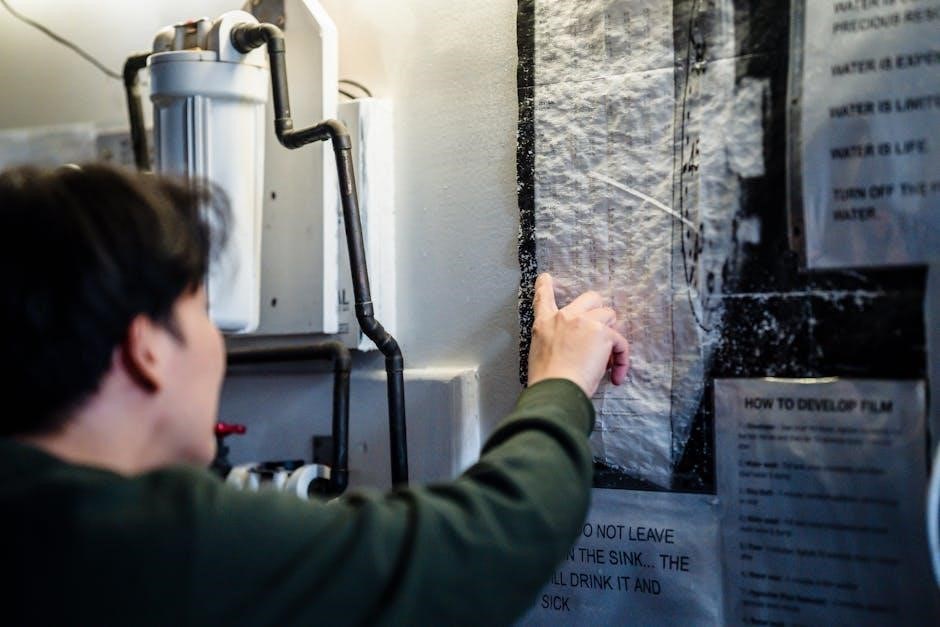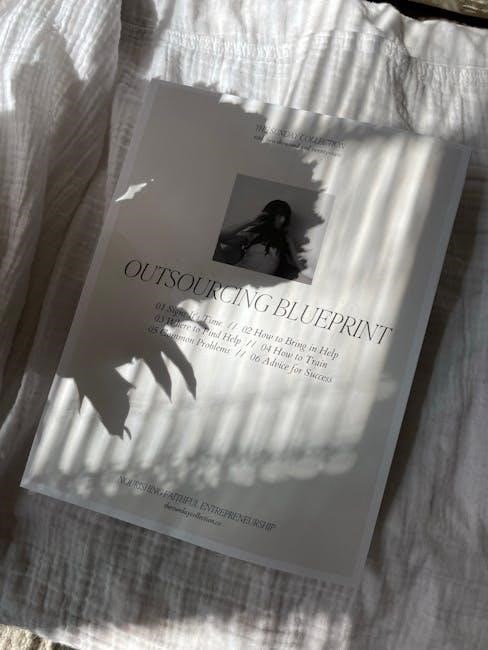
Paper Weight Guide: Understanding the Basics
Choosing the right paper weight can be a daunting task. This guide helps you navigate paper weights, ensuring your project resonates with its intended audience. Paper weight is typically measured in pounds (lb) or grams per square meter (GSM).
What is Paper Weight?
Paper weight refers to the density and thickness of a sheet of paper. It’s a crucial factor in determining the suitability of paper for various printing and crafting projects. Understanding paper weight is essential because it influences the feel, durability, and overall impression of the final product. Heavier paper generally conveys a sense of quality and professionalism, while lighter paper is more cost-effective for everyday use.
Paper weight is measured in two primary ways: by weight, using pounds (lbs) in the US system or grams per square meter (GSM) in the metric system, and by thickness, expressed in points or microns. The weight refers to how much a specific quantity of paper weighs, while thickness indicates the actual physical depth of the paper. Both measurements provide valuable insights into the paper’s characteristics and its appropriateness for different applications. Selecting the right paper weight can significantly enhance the impact of printed materials.
Pounds (lbs) vs. Grams per Square Meter (GSM)
Paper weight is commonly expressed in two units: pounds (lbs) and grams per square meter (GSM). Pounds are primarily used in the United States, while GSM is the standard metric measurement used internationally. Understanding the difference between these units is crucial for selecting the appropriate paper for a given project.
In the US system, pounds (lbs) refer to the weight of 500 sheets of paper in its basic size, which varies depending on the type of paper. This system is called basis weight. GSM, on the other hand, measures the weight of one sheet of paper that is one meter by one meter. The higher the GSM value, the heavier the paper. GSM offers a more consistent measurement since it uses a standard size for all paper types. While converting between GSM and pounds can be tricky, knowing the approximate conversions helps in making informed decisions about paper selection. For example, for text paper, 1 lb is about 1.48 GSM, and for cover paper, 1 lb equals about 2.708 GSM.

Paper Weight Systems
There are two basic systems in use for measuring paper weight: the US Basis Weight system and the Metric Weight (GSM) system. Understanding these systems is key to choosing the correct paper.
US Basis Weight System
The US Basis Weight system, though potentially confusing, is familiar to many in America. It defines paper types like bond, book, cover, index, tag, and text. Each encompasses varied weights suited for specific uses.
In the U.S., pounds (lb) measure the weight of 500 sheets of paper in its basic size; this is called basis weight. The basis size changes with the type of paper. For text paper, 1 lb is about 1.48 GSM; for cover paper, 1 lb equals about 2.708 GSM.
This system measures the weight of a ream (500 sheets) of paper, based on its standard size. Different paper types have different weight standards, so 20 lb text paper will feel lighter than 20 lb cover paper because of the paper’s thickness.
If 500 sheets of a paper’s standard size weighs 100 lbs, then the paper weight will be 100 lb. To determine which paper is heavier, check the GSM.
Metric Weight (GSM) System
The Metric Weight system, or GSM (grams per square meter), offers a more intuitive measurement. It determines paper weight by weighing one sheet of paper at a size of 1 meter by 1 meter, measured in grams. Because all paper grades are measured at the same size (1 square meter), it is a straightforward system.
GSM is a universal measurement that applies to all paper. The higher the GSM value, the heavier the paper weight. So if you’re trying to decide between two types of paper with the same basis weight, and you want to choose the heavier one, check the GSM.
This provides a clearer comparison, as it eliminates the variations caused by different base sheet sizes in the US system. This system is used internationally and provides a standardized way to understand paper density regardless of paper type.
Light paper is around 80-90gsm, and thicker paper (artist sketchbooks or professional pads) are around 140gsm.

Common Paper Weights and Their Uses
Different paper weights serve different purposes. Selecting the right paper weight enhances your brand’s quality. Paper weights determine the physical interaction potential customers have with your brand. This section explores common weights and their applications.

Text Weight Paper (20lb, 24lb, etc.)
Text weight paper is a versatile option for various printing needs. 20lb text is all-purpose, ideal for copying machines. 24lb text is typically used for laser and inkjet printing, and letterheads. Heavier text weights, such as 80lb and 100lb, are used for magazine pages and corporate reports.
Lighter text weight paper is suitable for high-speed copiers, printing emails, faxes, and tracing. Midweight options are ideal for report presentations and legal documents. Heavier weights enhance durability and provide a professional finish. GSM values range from 74 grams for 20lb to 148 grams for 100lb paper.
Text weight paper is suitable for projects where flexibility and a lighter feel are preferred. This type is often chosen for documents that need to be folded or bound. When selecting text weight paper, consider the desired impression.
Bond Paper (16lb ― 32lb)
Bond paper, also known as writing paper, ranges from 16lb to 32lb (60-120 gsm). It’s a common choice for everyday printing, letterheads, and stationery. Lighter-weight bond paper is ideal for faxes, printing emails, tracing, and high-speed copiers.
Midweight bond paper works well for report presentations and legal documents. Heavier-weight bond paper is suitable for flyers, resumes, and double-sided printing. Bond paper’s versatility makes it a staple in offices.
Selecting the right bond paper weight ensures your printed materials align with your brand’s quality. Consider factors like the printing method and desired outcome. A higher weight provides a more professional feel. Bond paper is a reliable choice for various applications.
Cover/Cardstock Paper (50lb ― 110lb)
Cover paper, or cardstock, ranges from 50lb to 110lb (135-300 gsm), offering sturdiness for various applications. Due to its thickness and durability, it’s suitable for business cards, postcards, and invitations. Cardstock provides a premium feel, enhancing the perceived value of printed materials.
The heavier weight of cardstock makes it ideal for projects requiring rigidity and longevity. It can withstand handling and resist bending or tearing. Choosing the right cardstock weight ensures your project makes a lasting impression.
Consider the desired outcome and the level of durability needed. A heavier cardstock exudes quality and professionalism. Cardstock elevates the presentation of your designs, leaving a positive impact on recipients. It’s an excellent choice for projects requiring a touch of sophistication.

Choosing the Right Paper Weight
Selecting the correct paper weight elevates your message. Consider project type and printing method for optimal results. Use a paper weight guide to understand available options and ensure your project resonates with your audience.
Factors to Consider (Project Type, Printing Method)
When selecting paper weight, consider project type and printing method. The paper weight should match the purpose and desired impression. Lightweight paper suits general use, while thicker paper provides durability and a professional finish. For projects requiring a professional touch, heavier-weight bond paper is ideal.
Different printing methods require different paper weights. Consider the type of project, such as everyday printing, marketing brochures, or business cards. Bond paper is suitable for everyday printing and letterheads. Heavier paper weights are more appropriate for flyers and resumes. Cardstock is ideal for business cards and invitations.
Think about the first physical interaction potential customers have with your brand. The right choice enhances the message, while the wrong choice diminishes impact. Review a paper weight guide for better understanding. Factors like color, coating, brightness, and opacity also play a role. Consider the desired outcome and choose accordingly.